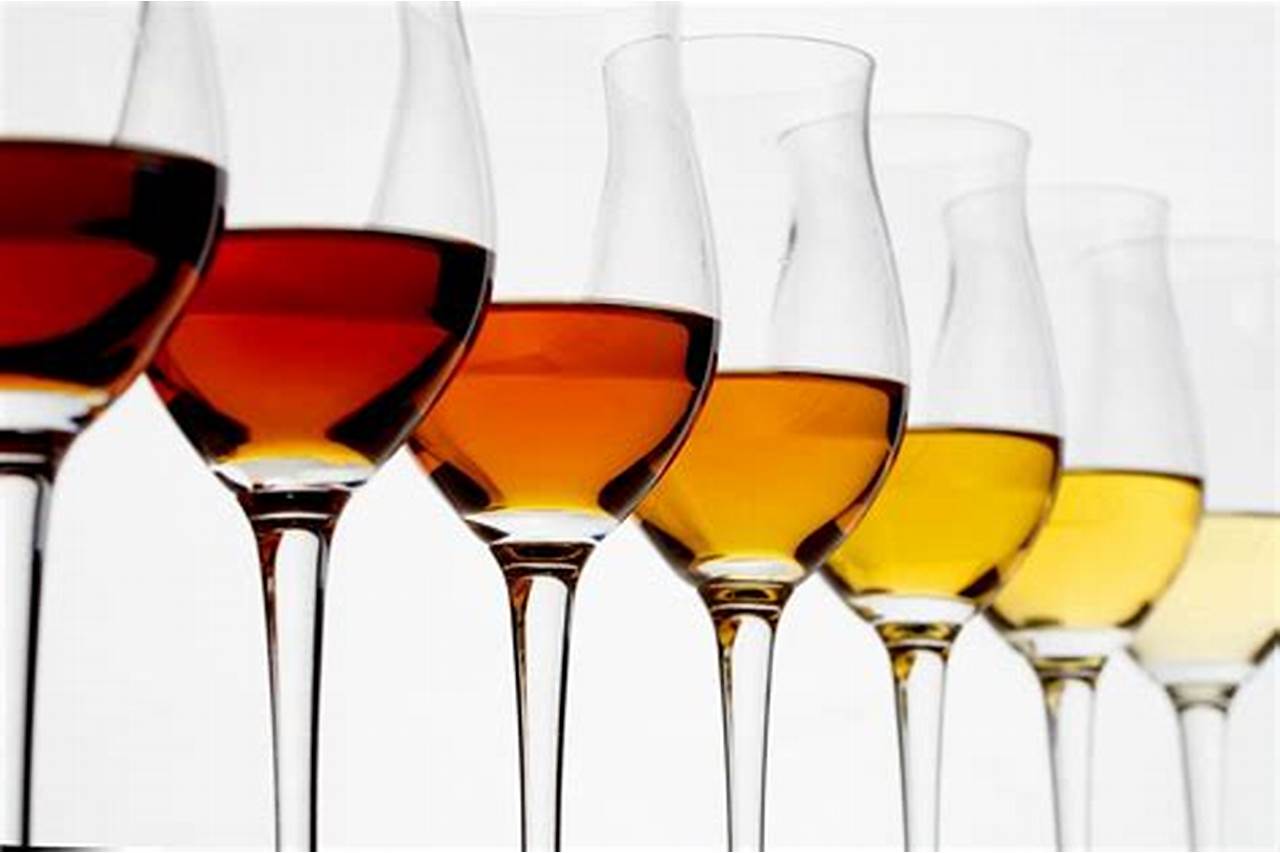As the holiday season approaches, I have been bulking up the contents of the wine cellar in anticipation of visits with family and friends, and in recognition of the recent International Sherry Week, I made sure to have a few bottles of Sherry ready and waiting.
For those not in the know, Sherry is a fortified wine with origins in the sleepy Spanish town of Jerez, in the Andalusia region of Spain, that I can fondly remember visiting in those carefree pre-pandemic days of yore.
In fact, the word Sherry comes from an Anglicization of the Spanish word Jerez, which refers to the village where the grapes are grown.
Much like Port or Champagne, Sherry is a protected denomination of origin, so it must come from the tightly defined geographical area around Jerez in order to legally be called Sherry.
Winemaking in southern Spain goes all the way back to the Phoenician civilization in 1100BC, and continues to this very day.
The village of Jerez is located on the Iberian Peninsula, right at the southern tip of modern-day Spain, and separated from the African country of Morocco by the narrow Strait of Gibraltar.
As students of history may recall, the Arabic Moors crossed the Strait of Gibraltar to invade the Iberian Peninsula in 711AD, keeping most of what is now modern-day Spain and Portugal under Muslim rule until the 15th century.
While the Moorish rulers didn’t care much for wine, the Arabic alchemists of the day were the first to discover the process of distillation, which eventually lead to the invention of Sherry, which is basically just a blend of regular fermented wine with distilled wine.
Production of Sherry begins with a wine fermented from white grapes, most commonly the Palomino grape varietal.
After the wine is fermented, it undergoes a tasting and initial classification by the cellar master. Wines that have developed particularly well will become premium Sherry, while the lower grades will be used for distillation, which removes much of the flavour.
A portion of the fermented wine is distilled to produce a grape spirit, which is then blended with the fermented wine, in order to fortify the alcohol content up to 17-22%.
There are a dozen different styles of Sherry, ranging from the those similar to a light white wine, all the way up to those resembling a rich ruby Port. Space constraints prevent a full description of each, but I’ll give you the rundown on my favourites.
Fino is one of the most popular types of Sherry, and weighs in around 15-17% ABV. Unsurprisingly, it goes particularly well with Spanish cuisine, especially olives and ham. Expect to pay $15-$25 for a bottle of Fino Sherry.
Amontillado will be familiar to fans of Edgar Allen Poe, whose famous tale of A Cask Of Amontillado has forever defined it as a booze worth dying for. Amontillado is a darker and sweeter style of Sherry, and has an unmistakable nutty flavour. Since the Spanish love their tapas bars, this style of Sherry is often enjoyed with little servings of oily fish or hard cheese. This style generally sells in the $40-$50 range.
Oloroso is my personal favourite, and weighs in around 17-22% ABV. Still a very dry wine, it can be a bit of an acquired taste. This fortified wine seems to have been designed specifically to pair with Manchego, my favourite Spanish cheese, so you will find these two together in tapas bars everywhere. Luckily, the price is still reasonable, with most brands in the $20-$40 range.
For those whose taste in fortified wines lean towards dessert wines like Port, we have a Sherry for you too. Cream Sherry is particularly popular with grandmothers, and has rich flavours of fig and molasses.
The sweetest of all Sherry styles is called Pedro Ximénez, named after the grape varietal of the same name. These grapes are dried in the sun until they are shriveled like raisins, with only a single drop of concentrated sweet juice obtained from each grape.
Since the yields of Pedro Ximénez are so small from each grape, it is significantly more expensive than the other styles, usually starting around $50. This is entirely a dessert wine, with flavours of rich toffee and leather. I like mine drizzled over a little ice cream after a big meal!
Sherry arrived in North America in the year 1492, with great casks of it carried below decks by none other than Christopher Columbus, making it one of the first tipples of the new world. Get a new appreciation for an old wine by picking up a bottle today!
Make Merry With Sherry

In response to Canada's Online News Act and Meta (Facebook and Instagram) removing access to Canada's local news from their platforms, Anchor Media Inc encourages you to get your news directly from your trusted source by bookmarking this site and downloading the Rogue Radio App. Send your news tips, story ideas, pictures, and videos to info@anchormedia.ca.







